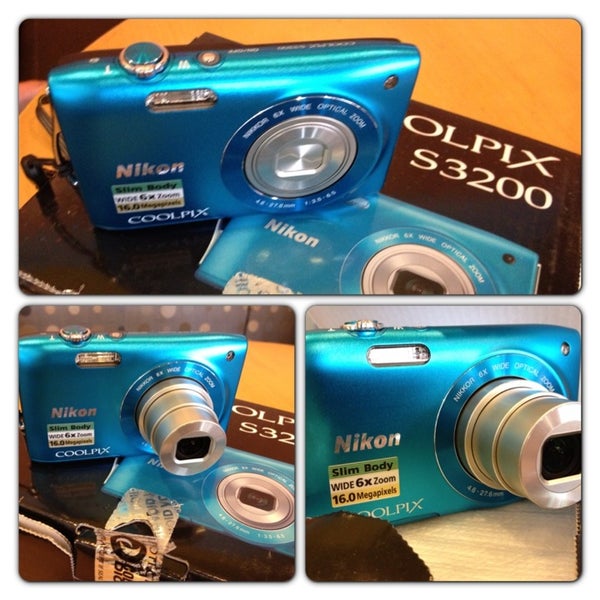

When I look at the aberration inspector and Eccentricity plots, I do see more aberration from the Photoline - more than in my own sample. A few questions remain for me, maybe you can answer them?Ĭonsidering the seeing with 2.5“-3“ star size, do you think it was good enough to actually detect meaningful differences between the telescopes? Or would the point be that under average seeing, there are none? An additional channel to research it is to look up some of the images on astrobin taken with it-the masterful shots of pete_xl pushed me over the edge to buy it!Ĭharles, that is an excellent comparison. I hope my review is helpful for anyone considering this scope for astrophotography. Shipping from Germany was surprisingly cheap and fast, however US customs charged the wrong rate, so I'm trying to get that back.
PHOTOLINE 19 REVIEW FULL
I won't be upgrading it, as it holds my full imaging train with OAG without issue. Fit and finish are excellent, and TS-Optics' version of this scope appears to be different from others with the FPL53 glass.The Gen2 version of the flattener has 55mm back focus with no adapters needed. They are expensive, but heavy duty and fit tightly to the focuser. Both the flattener and 0.8x reducer are excellent, with sharp stars to the edges and minimal vignetting (3% and 8%) with an APS-C sensor.I do not feel that a TOA130 would give me anything I'm not getting from this scope. This scope appears to be at least as good as the TOA130, though it's impossible to control for all variables, especially given that the images were taken at different sites.I provide a full review with analyses on my blog here. Additionally, I had some images taken with a Takahashi TOA130 that I could use for comparison. I've finally accumulated enough clear nights to write up a review of the TS-Optics Photoline 130 (2.5" focuser version) I bought in April.


 0 kommentar(er)
0 kommentar(er)
